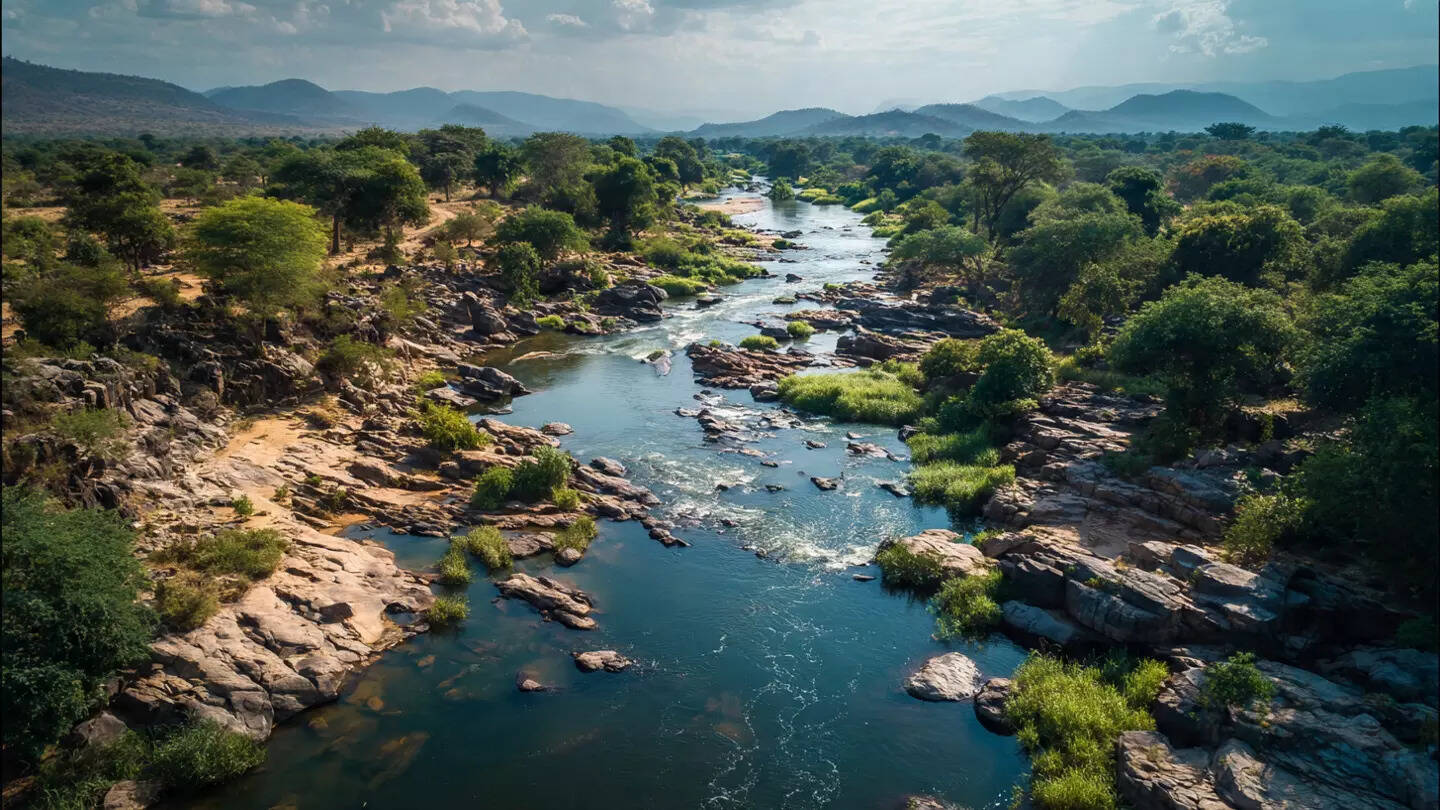Which River In Africa Crosses The Tropic Of Capricorn Twice?
Rivers are the lifelines of our planet, shaping landscapes, sustaining wildlife, and influencing human civilisation. Among these, some follow fascinating courses that intersect the imaginary lines we use to map Earth. One such line is the Tropic of Capricorn, located at approximately 23.5° south of the Equator, marking the southernmost point where the sun can appear directly overhead during the December solstice.
The river that uniquely crosses this line twice is the Limpopo River, an African waterway famed for its dramatic S-curve and ecological significance. It begins as the Krokodil (Crocodile) River in South Africa’s Witwatersrand region and flows through South Africa, Botswana, Zimbabwe, and Mozambique before emptying into the Indian Ocean near Xai-Xai in Mozambique. Stretching 1,750 km and draining an area of 415,000 km², the Limpopo supports millions of people and rich biodiversity.

The river forms natural borders for about 640 km of its course and has a seasonal flow, sluggish and silty in winter, but prone to floods during the summer rains. Its tributaries run through the Kruger National Park, providing water to its diverse wildlife. Historically, regions near Mapungubwe along the river were part of ancient trading kingdoms around AD 1200.
Interesting Facts About the Limpopo River:
The Limpopo River is not only a geographical curiosity but a vital ecological and cultural artery in Southern Africa. Its remarkable journey, crossing the Tropic of Capricorn twice, makes it a unique and intriguing river worth knowing.

The river that uniquely crosses this line twice is the Limpopo River, an African waterway famed for its dramatic S-curve and ecological significance. It begins as the Krokodil (Crocodile) River in South Africa’s Witwatersrand region and flows through South Africa, Botswana, Zimbabwe, and Mozambique before emptying into the Indian Ocean near Xai-Xai in Mozambique. Stretching 1,750 km and draining an area of 415,000 km², the Limpopo supports millions of people and rich biodiversity.

The river forms natural borders for about 640 km of its course and has a seasonal flow, sluggish and silty in winter, but prone to floods during the summer rains. Its tributaries run through the Kruger National Park, providing water to its diverse wildlife. Historically, regions near Mapungubwe along the river were part of ancient trading kingdoms around AD 1200.
Interesting Facts About the Limpopo River:
- Immortalised in Rudyard Kipling’s Just So Stories as the “great grey-green, greasy Limpopo River.”
- Only permanently navigable near its mouth below the Olifants River confluence.
- The name Limpopo may derive from the Sotho words diphororo tsa meetse, meaning “strong gushing waterfalls.”
- Experienced catastrophic floods in February 2000 due to a cyclone.
- Second-largest African river draining into the Indian Ocean, after the Zambezi.
The Limpopo River is not only a geographical curiosity but a vital ecological and cultural artery in Southern Africa. Its remarkable journey, crossing the Tropic of Capricorn twice, makes it a unique and intriguing river worth knowing.









